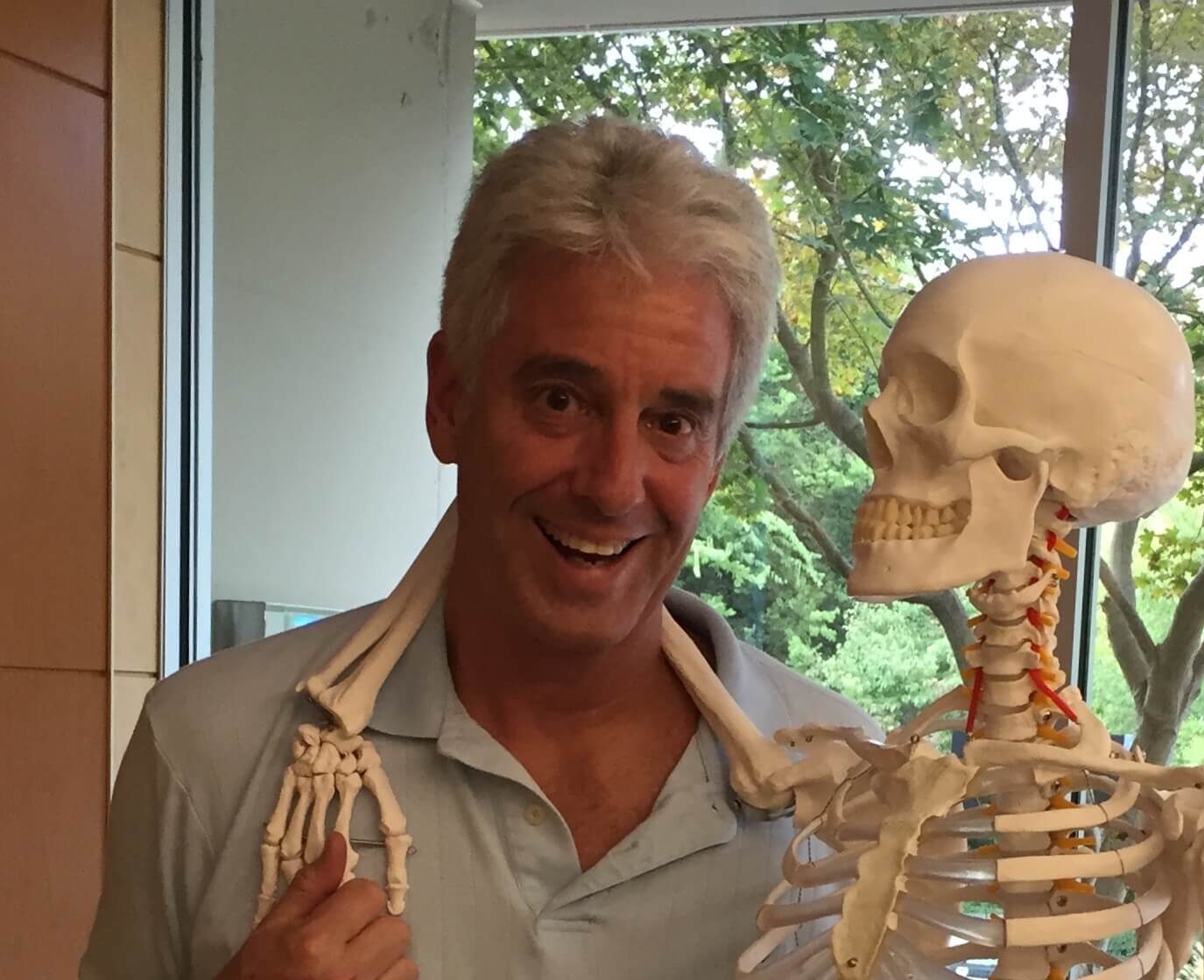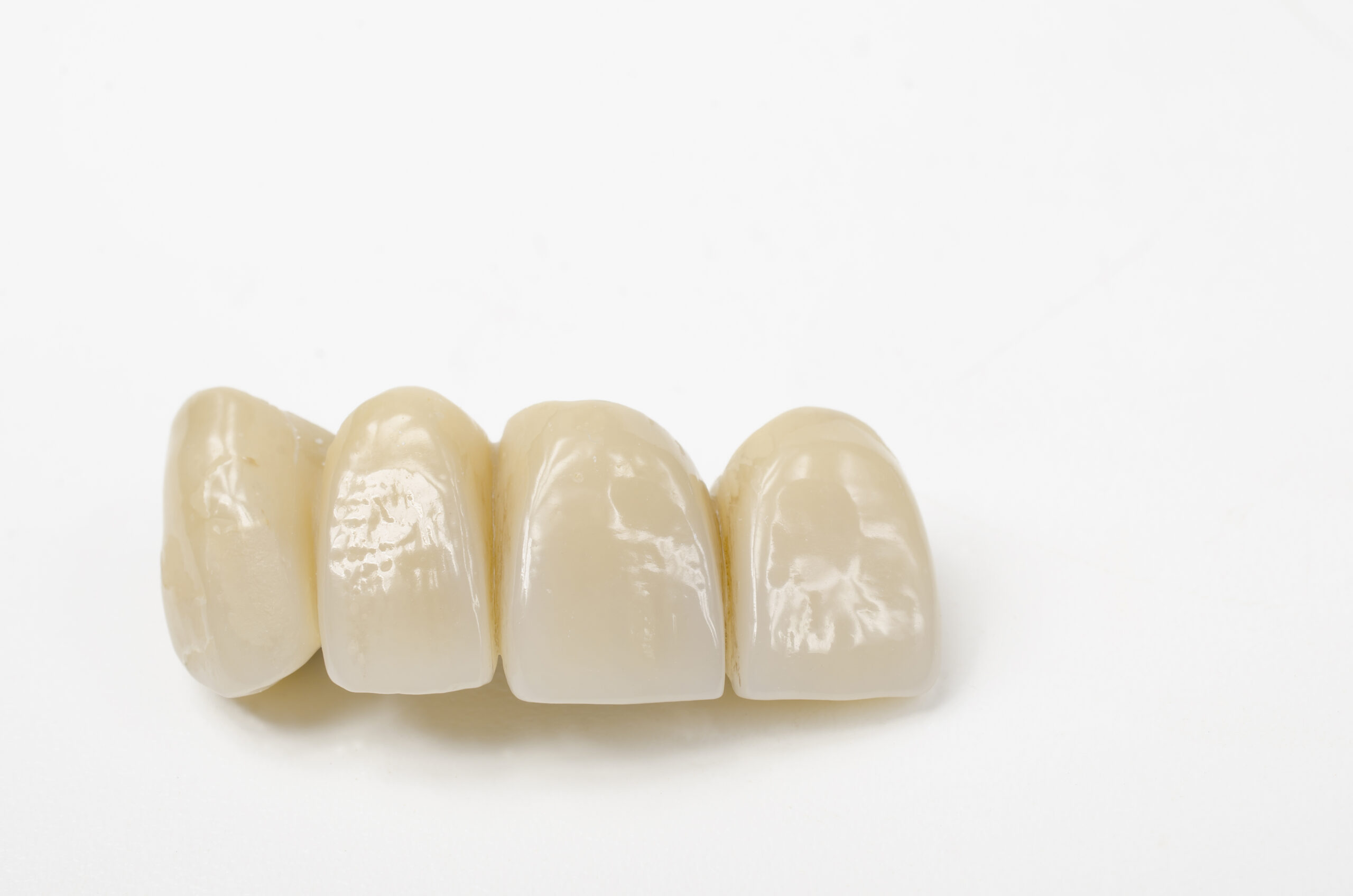Managing the New Patient Funnel
By Deborah E. Bush, MA
This blog draws on insights from Dr. Michael Melkers’s 2022 Pankey Webinar, “Managing New Patients in Challenging Times.” While the blog offers a unique perspective, it is informed by the valuable strategies and experiences shared by various dentists during the webinar. For a more comprehensive exploration of these approaches, I recommend watching the full webinar on YouTube.
Interestingly, the challenges and strategies discussed in the webinar are reflected in a broader industry trend.
Mature Dental Practices Often Become Overwhelmed with New Patient Requests
A year ago, I conducted a dental marketing survey for Alatus Solutions, which provided revealing statistics about how independent private dentists seek and manage requests for new patient appointments.
- Responding to the survey were 474 dentists aspiring to be 100% fee-for-service.
- We found that 5% were so booked that they couldn’t make new patient appointments for more than 30 days.
- 15% had new patients waiting more than two weeks.
- The 5% had stopped paid marketing because they didn’t want more new patients, overloading their schedules, exhausting themselves and their team, and negatively affecting the care they provide.
Multiple Strategies Are Possible to Control New Patient Flow
One strategy to control the number of new patient calls tying up the front desk is to stop all paid marketing and rely solely on referrals from patients who truly appreciate your comprehensive care. Another response (which happens frequently) is to screen calls and do callbacks. That’s something I do not recommend as you will see in my “Do and Do Not” section below. Alternatively, some dentists expand the practice by bringing on a new associate or refer new patient inquiries to a like-minded dentist who is growing their practice.
Dr. Melkers’s online seminar emphasized the effectiveness of prescreening potential patients during live calls and having knowledgeable front desk staff act as gatekeepers. This concept is discussed in more detail below as an effective strategy for managing this challenge.
Do and Do Not
- Even when you are overwhelmed with patients, I do not recommend frustrating your loyal patients by screening calls and relying on voicemail to call them back. Do pick up as many calls live as possible.
- You can turn off your paid ads, but don’t ignore your website or your Google business page. Your digital presence is necessary to sustain your practice. And the referred prospective patients (who are most likely to be prequalified for comprehensive care) will be curious to see your persona, credentialed expertise, and reviews before reaching out for an appointment.
- Do keep your website and Google listing frequently SEO-refreshed and up to date with your services. The current Google algorithm prioritizes Quality Content, Mobile Utility, and Local SEO (location, business hours and contact information visible and consistent across all platforms).
The New Patient Funnel
The new patient funnel is a metaphor for a potential patient’s journey from initial contact to becoming a regular patient. The stages include:
- Awareness: The patient learns about your practice through marketing, referrals, or online research.
- Consideration: The patient evaluates your practice and decides whether to call to discuss scheduling an appointment.
- Conversion: The patient schedules and completes a new patient exam.
- Retention: The patient becomes a regular and ongoing part of your practice.
The funnel helps us conceptualize the flow of interactions we can control. When you have a “leaky” funnel, potential patients fall out near the top of the funnel before being qualified. This can occur if the front desk does not answer calls live or fails to return messages. A lack of training in optimal call handling contributes to this failure.
In ideal scenarios, receptionists are initiative-taking and well-trained in moving new patients through the funnel or onto a more suitable path for finding the type of dental care they want. However, according to Patient Prism’s AI evaluation of over 50 million new patient calls over the past nine years, more than 80% of the U.S. dental practices participating in Patient Prism’s AI evaluation do not benefit from such attentive phone handling until their performance is tracked and new behaviors coached.
Prescreening Patients: Identifying High-Quality Candidates
Prescreening is an effective strategy for managing the new patient funnel. By asking targeted questions during initial contact, your team can determine which patients fit your practice well.
My Notes for Call Receptionists:
- Understand Their Needs: Ask, “How may I assist you?” and engage in a conversation to understand the patient’s dental needs and expectations.
- Set Expectations: Explain the benefits of a thorough examination, the process, the time involved, and the fees. Assess the patient’s willingness to commit to a comprehensive exam, consultation, and finding solutions for their current problems.
- Note Previous Dental Experiences: The caller’s freely offered comments about their dental history, health history, or concerns about dental care are revealing, but be careful of assumptions based on your biases. Stay in the conversation long enough to understand the person on the other end of the phone. It’s okay to simply say, “Please tell me more.” And, if the caller seeks a “Pankey dentist” because they are accustomed to the highest level of comprehensive care, note that this person has prequalified themselves for your practice.
- What to Do When in Doubt: If you are unsure, saying, “Our schedule is full right now,” is okay and not impolite. Continue with, “I need to consult with my supervisor to determine if we can fit you in. May I put you on a brief hold or call you back in a few minutes?”
- Complimentary Consultations: Offering complimentary consultations is a common practice for implant and clear aligner services, but the front desk of a busy practice must prequalify patients for those appointments, or the dentist will spend a lot of unpaid time prequalifying the patients herself or himself.
Make Room for the New Patients You Want
Even highly qualified patients may become frustrated if they wait more than a week for an appointment. Consider reserving one extra patient slot per week for the type of new patient you want. If no such patient calls early in the week, use the slot for an existing patient who needs attention. You can also modify your new patient protocol to offer this person a shorter appointment to get started–with the recognition that there will be more than one appointment to complete the new patient process.
Coach Your Front Desk
If you have an inexperienced or new receptionist answering your phone, it’s important to discuss with them the types of high-value patients they should prioritize for you. Additionally, provide guidance on how to nurture these new patient leads, so they are more willing to wait for an available appointment. This is a Team Meeting Topic every fee-for-service dental practice should discuss periodically. A high-value patient to you is likely one who wants the highest-level of comprehensive care, appreciates your approach to patient-centered care, and eagerly wants you.
Related Course
Compromise to Co-Discovery: A Treatment Planning Journey
DATE: October 21 2025 @ 8:00 am - October 23 2025 @ 1:00 pmLocation: Online
CE HOURS: 21
Regular Tuition: $ 2995
Single Occupancy with Ensuite Private Bath (per night): $ 345
The Balance of Communication, Case Planning & Occlusion Dr. Melkers always brings a unique perspective to his workshops and challenges us to the way we think. At Compromise to Co-Discovery,…
Learn More>


















